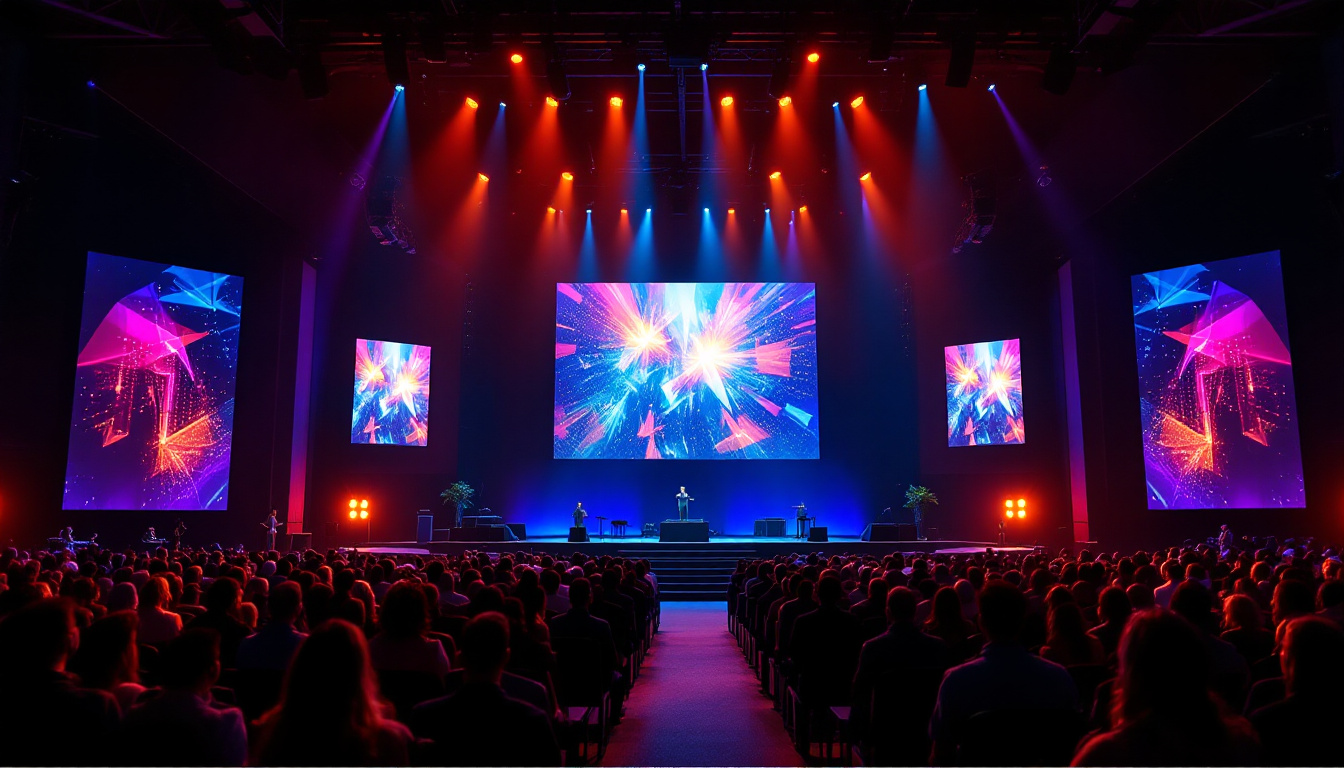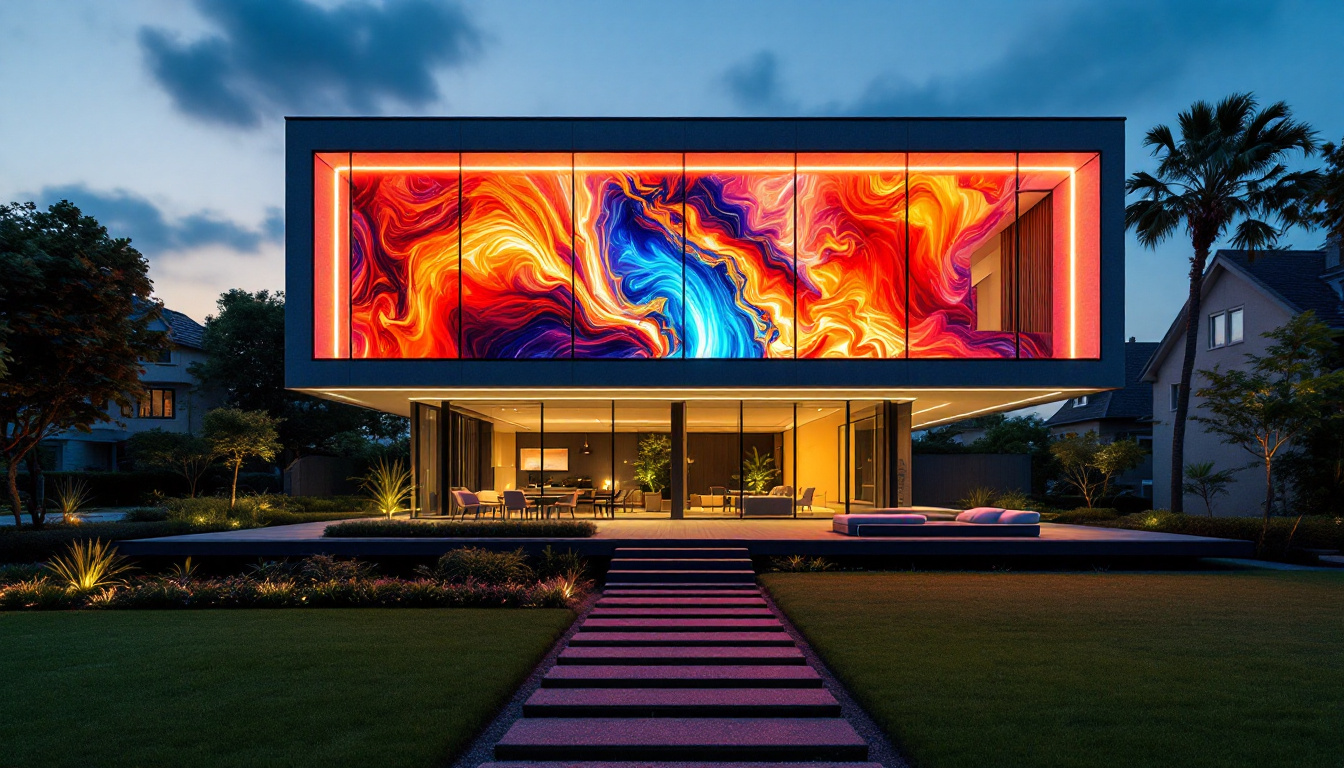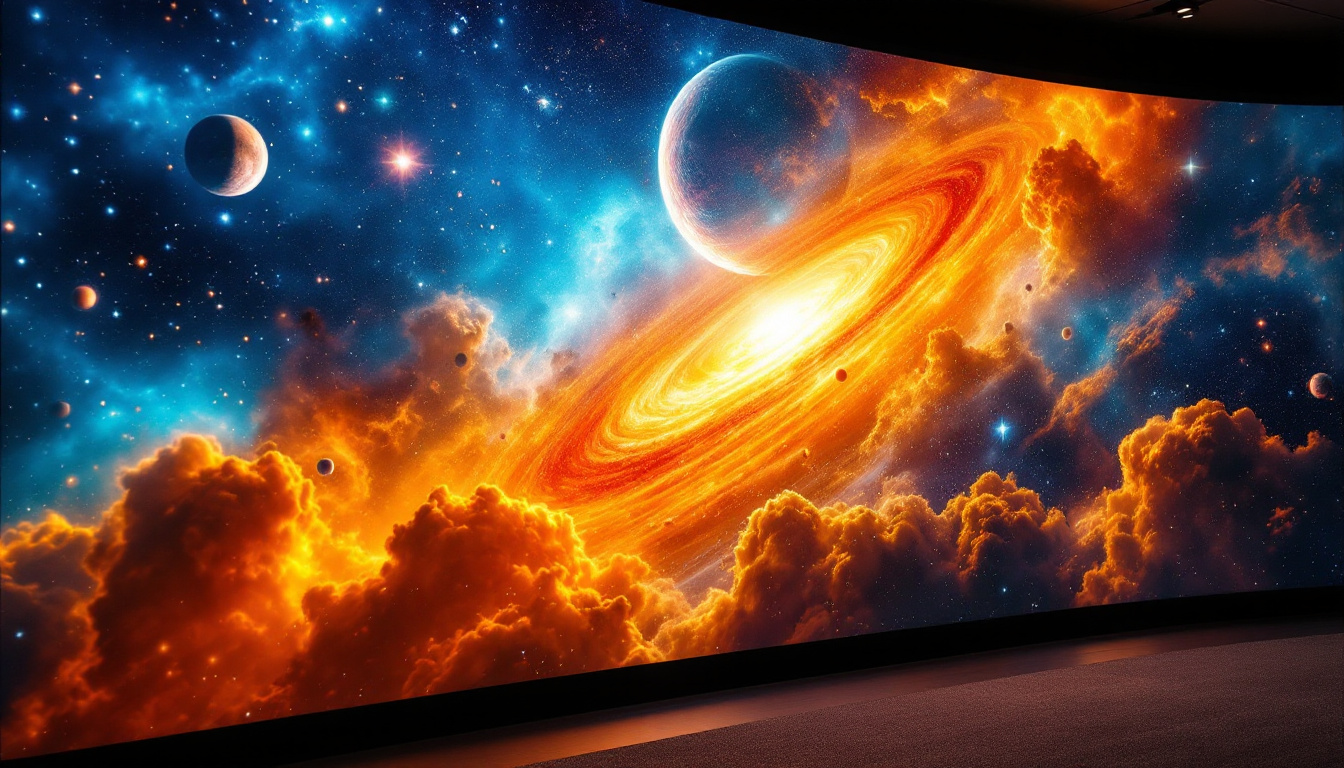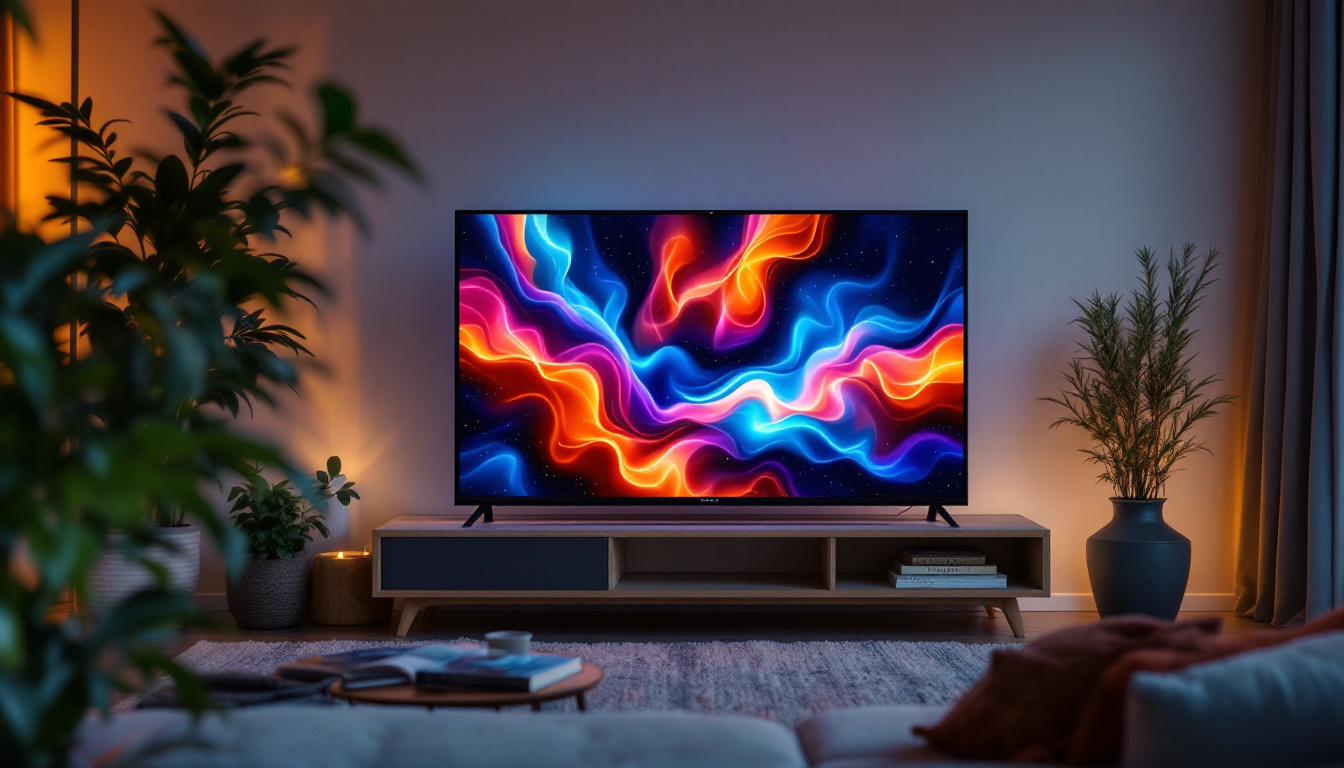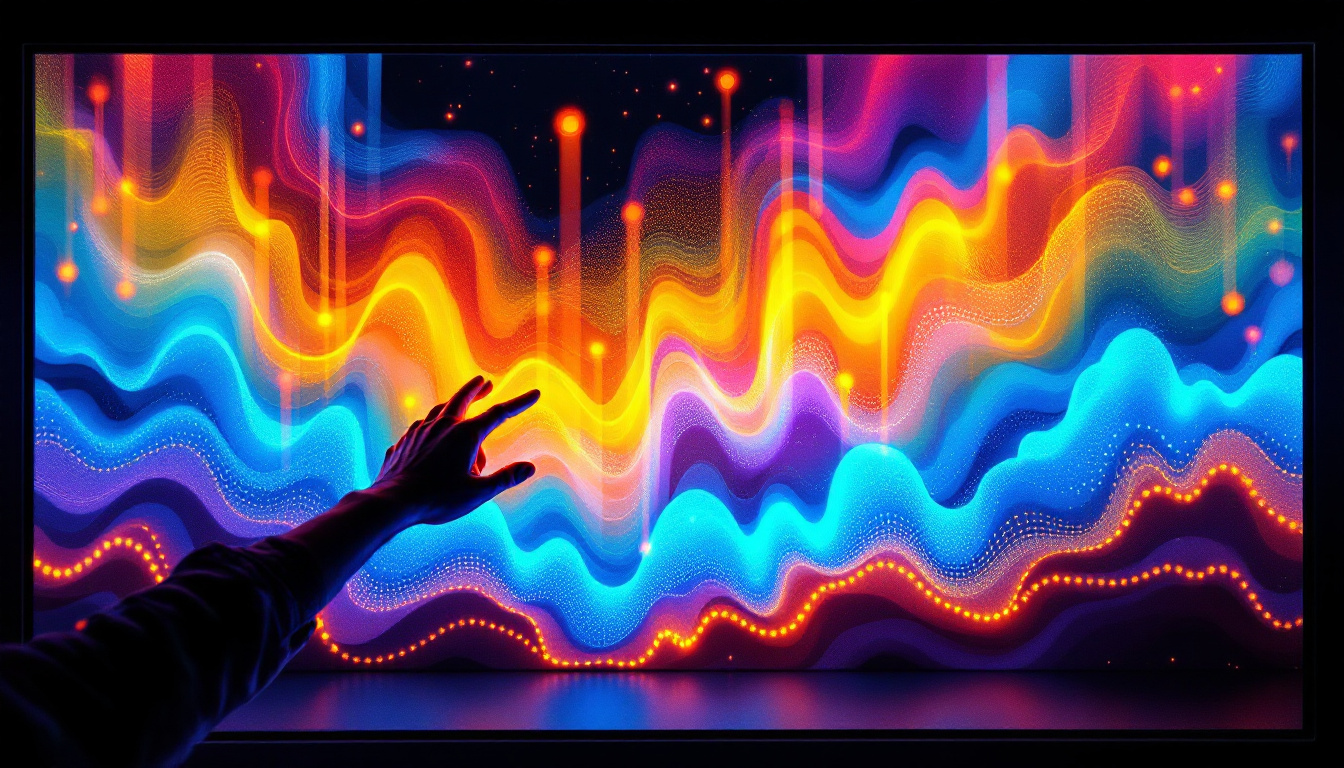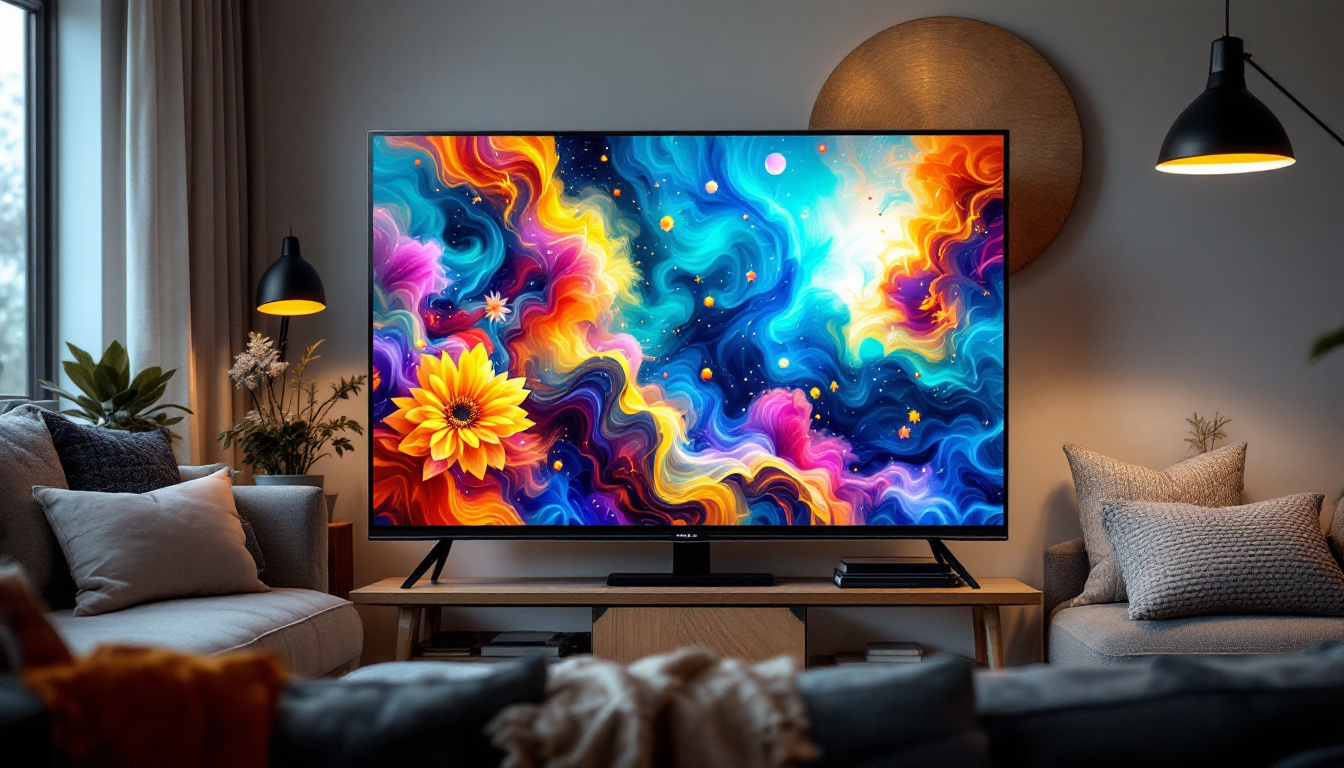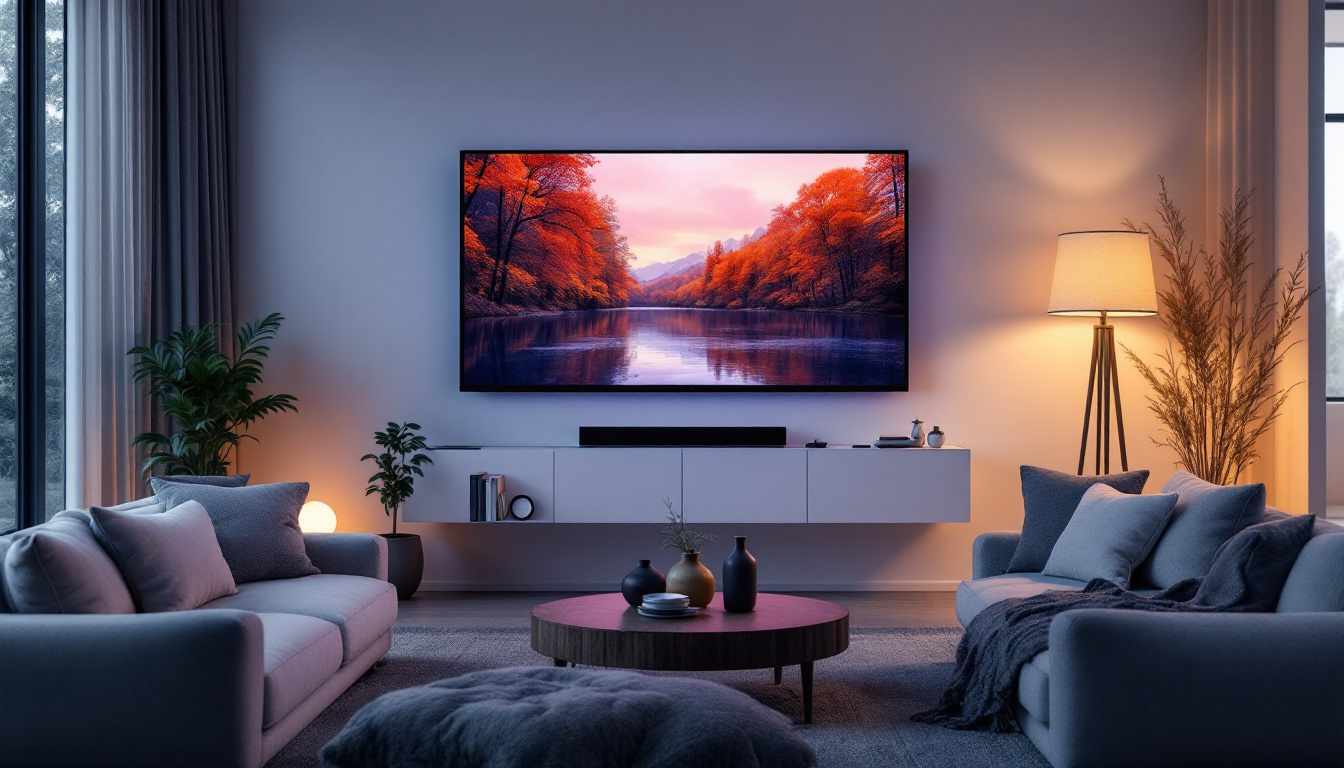OLED Display: LED Display Explained
In the world of display technology, two terms often come up in discussions: OLED and LED. While both are widely used in televisions, monitors, and mobile devices, they represent fundamentally different technologies. Understanding these differences can help consumers make informed decisions when purchasing new devices. This article will delve into the intricacies of OLED and LED displays, exploring their workings, advantages, disadvantages, and various applications.
Understanding LED Displays
LED, or Light Emitting Diode, displays are a type of flat panel display that utilizes LEDs as a backlight for the screen. This technology has evolved significantly over the years, leading to various types of LED displays, including edge-lit and full-array models. The versatility of LED displays has made them a popular choice for a wide range of applications, from home entertainment systems to commercial signage and digital billboards.
How LED Displays Work
At the core of an LED display is the liquid crystal display (LCD) technology. The LCD panel itself does not emit light; instead, it relies on a backlight to illuminate the images displayed on the screen. In traditional LED displays, this backlight is provided by an array of LEDs situated either along the edges of the screen (edge-lit) or distributed evenly behind the LCD panel (full-array).
In an edge-lit display, the LEDs are positioned along the perimeter, directing light across the screen through a light guide plate. This design allows for thinner panels but can lead to uneven brightness and color accuracy issues. Full-array displays, on the other hand, feature a grid of LEDs behind the LCD panel, allowing for more precise control over brightness and contrast, particularly in localized areas of the screen. This advanced technology can also enable features like local dimming, where specific areas of the screen can be dimmed or brightened independently, enhancing the overall picture quality.
Advantages of LED Displays
LED displays have several advantages that contribute to their popularity. Firstly, they are generally more energy-efficient than older display technologies, such as cathode ray tubes (CRTs). This efficiency translates to lower electricity bills and a reduced environmental impact. Furthermore, the longevity of LED technology means that these displays can last significantly longer than their predecessors, often exceeding 50,000 hours of use, which is a considerable advantage for both consumers and businesses alike.
Additionally, LED displays can achieve brighter images than traditional LCDs, making them suitable for well-lit environments. Their ability to produce vibrant colors and deep blacks, particularly in full-array models, enhances the viewing experience, especially for movies and gaming. The rapid response time of LED displays also contributes to smoother motion during fast-paced scenes, making them a preferred choice for action-packed video games and sports broadcasts. With advancements in HDR (High Dynamic Range) technology, LED displays are now capable of rendering a wider color gamut and improved contrast ratios, further elevating the visual experience.
Disadvantages of LED Displays
Despite their many benefits, LED displays have some drawbacks. One of the most significant issues is the limited viewing angles. Colors and brightness can shift when viewed from an angle, which can be problematic in group settings where multiple viewers are present. This limitation is particularly noticeable in edge-lit models, where the light distribution may not be uniform across the screen, leading to a less satisfying experience for viewers not seated directly in front of the display.
Moreover, while full-array LED displays offer improved contrast over edge-lit models, they still cannot match the performance of OLED displays in terms of true blacks and color accuracy. This limitation can be a deciding factor for enthusiasts seeking the best visual experience. Additionally, the cost of high-end full-array LED displays can be a barrier for some consumers, as they tend to be priced higher than their edge-lit counterparts. As technology continues to advance, the competition between LED and newer display technologies like OLED and MicroLED will likely shape the future of visual displays, pushing manufacturers to innovate and improve their offerings.
Exploring OLED Technology
OLED, or Organic Light Emitting Diode, is a display technology that has gained significant traction in recent years. Unlike LED displays, OLED panels do not require a backlight; instead, each pixel emits its own light. This fundamental difference leads to a range of benefits and challenges associated with OLED technology.
How OLED Displays Work
In an OLED display, organic compounds are used to create light when an electric current passes through them. Each pixel consists of red, green, and blue subpixels, which can be turned on or off independently. This capability allows OLED displays to achieve true black levels by turning off individual pixels, resulting in an infinite contrast ratio.
The absence of a backlight also means that OLED displays can be thinner and more flexible than their LED counterparts. This flexibility has opened up new possibilities for innovative designs, such as curved screens and even foldable devices. Manufacturers are now exploring the potential of OLED technology in wearable devices, where the lightweight and adaptable nature of the displays can enhance user experience. From smartwatches to augmented reality glasses, OLED’s versatility is paving the way for futuristic applications that blend seamlessly with our daily lives.
Advantages of OLED Displays
One of the standout features of OLED displays is their exceptional color accuracy and contrast. With the ability to produce true blacks and vibrant colors, OLED technology is often favored by filmmakers and graphic designers who require precise color representation. This capability is particularly beneficial in creative industries where visual fidelity is paramount, allowing artists to see their work as it is intended to be viewed.
Additionally, OLED displays offer wider viewing angles compared to LED displays. This characteristic ensures that colors and brightness remain consistent, even when viewed from the side. This advantage makes OLED panels ideal for group viewing scenarios, such as movie nights or presentations. Furthermore, the rapid response time of OLED technology minimizes motion blur, making it an excellent choice for fast-paced content like sports and action films, where clarity is crucial for an immersive viewing experience.
Disadvantages of OLED Displays
Despite their impressive performance, OLED displays are not without their challenges. One of the most notable issues is the risk of burn-in, where static images can leave a permanent mark on the screen over time. This phenomenon can occur when the same content is displayed for extended periods, leading to uneven wear on the organic materials. To combat this, manufacturers are implementing various software solutions, such as pixel shifting and screen savers, to help mitigate the risk of burn-in and prolong the lifespan of the display.
Moreover, OLED displays can be more expensive to produce than LED displays, which can result in higher retail prices for consumers. While prices have been gradually decreasing, premium OLED models still often come with a hefty price tag. This cost factor has led to a growing interest in hybrid technologies that combine the strengths of both OLED and LED, aiming to deliver high-quality visuals at a more accessible price point. As research continues, we may see innovations that enhance the durability and affordability of OLED technology, making it a more viable option for a broader audience.
Comparing OLED and LED Displays
When choosing between OLED and LED displays, it is essential to weigh the pros and cons of each technology. The decision often comes down to personal preferences and specific use cases.
Picture Quality
In terms of picture quality, OLED displays generally outperform LED displays. The ability to achieve true blacks and superior color accuracy makes OLED the preferred choice for those who prioritize visual fidelity. However, high-end full-array LED displays can come close in performance, making them a viable option for consumers on a budget.
Energy Efficiency
LED displays tend to be more energy-efficient, particularly in brightly lit environments. While OLED technology has made strides in energy consumption, the brightness levels required for optimal performance can lead to higher power usage, especially when displaying bright content.
Cost Considerations
Price is often a significant factor in the decision-making process. LED displays are typically more affordable than OLED displays, making them a popular choice for budget-conscious consumers. However, as OLED technology continues to evolve and production costs decrease, the price gap is slowly narrowing.
Applications of OLED and LED Displays
Both OLED and LED displays have found their way into various applications, ranging from consumer electronics to professional settings. Each technology has its strengths, making them suitable for different uses.
Consumer Electronics
In the realm of consumer electronics, OLED displays are increasingly common in high-end televisions and smartphones. Their superior picture quality and vibrant colors make them ideal for media consumption, gaming, and photography. Conversely, LED displays remain prevalent in budget-friendly devices and larger screens, such as computer monitors and televisions, where cost-effectiveness is a priority.
Professional Use
In professional settings, the choice between OLED and LED displays often hinges on the specific requirements of the task at hand. Graphic designers, video editors, and photographers may prefer OLED displays for their color accuracy and contrast, while businesses may opt for LED displays for their durability and cost-effectiveness in presentations and signage.
Emerging Technologies
As technology continues to advance, both OLED and LED displays are evolving. Innovations such as MicroLED, which combines the benefits of both technologies, are on the horizon. This emerging technology promises to deliver the color accuracy of OLED with the brightness and longevity of LED, potentially reshaping the display landscape in the coming years.
Conclusion
In summary, OLED and LED displays each have unique strengths and weaknesses that cater to different consumer needs and preferences. OLED technology excels in picture quality, color accuracy, and viewing angles, making it a favorite among enthusiasts and professionals. On the other hand, LED displays offer affordability, energy efficiency, and durability, making them a practical choice for everyday use.
Ultimately, the choice between OLED and LED displays should be guided by individual requirements, budget constraints, and intended applications. As technology continues to evolve, consumers can expect even more exciting advancements in display technology, further blurring the lines between these two popular options.
Discover LumenMatrix’s Innovative LED Display Solutions
Whether you’re an enthusiast seeking unparalleled picture quality or a professional aiming to elevate your visual presentations, LumenMatrix offers a comprehensive range of LED display solutions tailored to your needs. From Indoor and Outdoor LED Wall Displays to specialized options like Vehicle, Sports, and Floor LED Displays, our products are designed to create immersive experiences and enhance brand visibility. Embrace the future of visual communication with our Custom, All-in-One, and Transparent LED Displays. Check out LumenMatrix LED Display Solutions and see how our commitment to innovation can bring your vision to life with clarity and impact.




